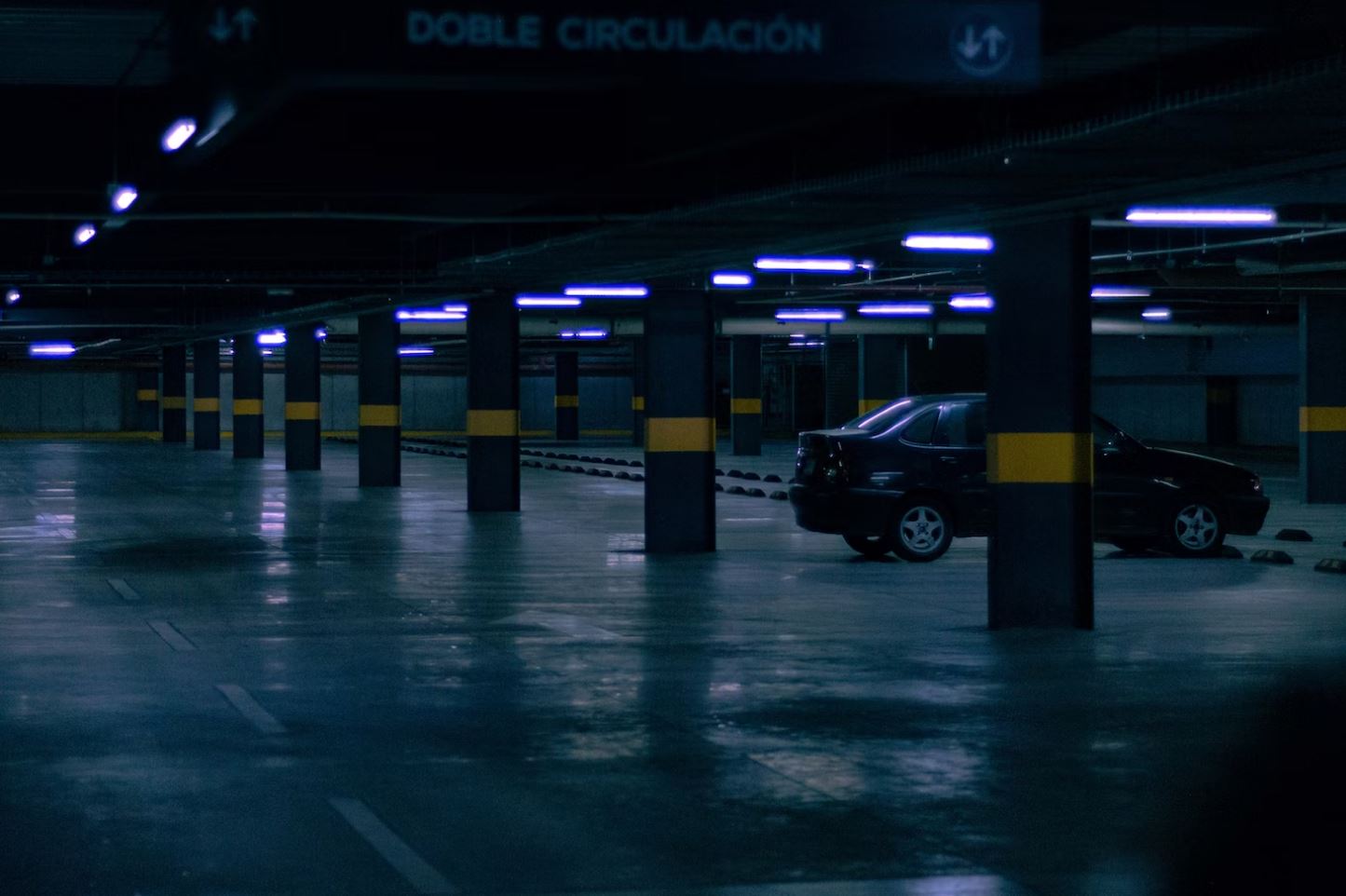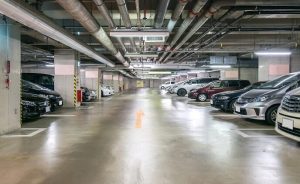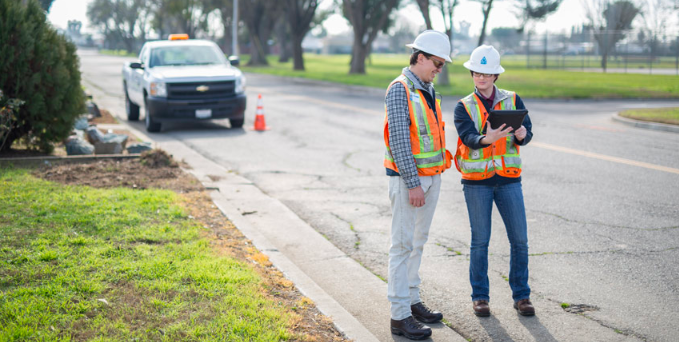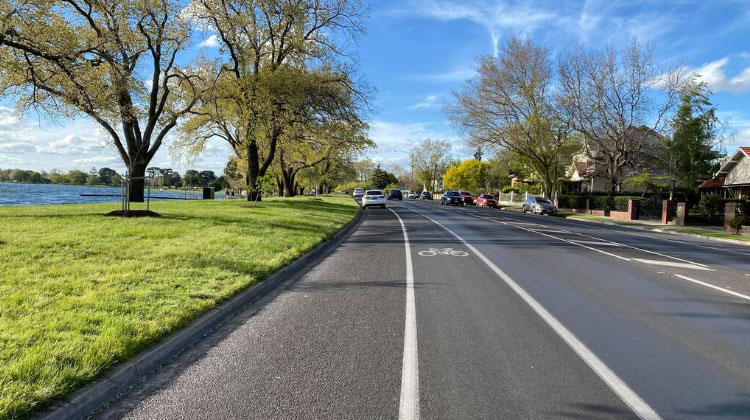
Key Challenges When Designing a Car Park Layout for Shopping Malls
When we consider larger scale geographies for shopping malls, it’s important to recognise that users’ shopping experiences begin even before engaging with the mall itself. From the moment an individual steps foot into the parking lot, their product journey has already begun ahead of the grocery store they regularly visit, or the restaurant they’ve been recommended.
The importance of a strong car park design is paramount to consumer satisfaction because of this, as their gateway to a comprehensive, holistic experience – for many drivers, it is their first and last impression that occurs in a space’s entire product funnel.
How do car park layouts differ, then, between large scale malls and smaller, boutique stores? What challenges are unique to their design, and how should they be accommodated? Let’s dig a little deeper.
Accounting for a Larger Customer Base
At its most salient, the fundamental challenge separating shopping malls from smaller establishments is their sheer size. Therefore, their resulting customer base becomes several times larger as a natural consequence.
A broader variety of vehicle sizes are to be expected, and so it’s imperative that car parking spaces have dimensions that are well considered and inclusive – large enough to support a breadth of vehicles.
Clause 52.06 of the Victorian Planning Scheme and Australian Standards AS2890 specify car parking space dimensions applicable for all types of developments including commercial developments such shopping centers. Dimensions of car spaces, and accessways (aisles) vary based on its orientation. Targeted user as well as its location along a specific parking aisle. Hence, it is imperative that the real estate available for car parking is utilised to its maximum potential to cater for the anticipated customer base. This is where traffic engineers of RedSquare Traffic can assist you.
Clear Signage to Maximise Efficient Mobility
With greater concentration of traffic to and from the given area, car park designs and the intended traffic flow mechanism of shopping mall car parks will need to be simple and self-explanatory for the most part.
Having clear directions on the flow of entering and exiting vehicles, parking signs relevant to multi-level parking lots, as well as signage clearly designating areas like staff parking from pedestrian are supporting measures. All of these initiatives look toward reducing behavioural congestants like unnecessary stoppages along accessways, wrong-way movements within parking aisles, or conflicts between road users.
Employing Smarter Payment Systems
As another means of efficiently dealing with high traffic concentration, the use of high-access and facilitatory technologies to expedite movement from area to area is another key implementation.Their placement in convenient parts of a car park layout means fewer operational issues and hiccups on the consumer end, while serving as a dynamic marker for where traffic should ebb and flow.
Less time is spent on the road. In other words, providing greater assurance of safety, security and reliability throughout the layout. This becomes exponentially more useful. Not only where congestion is concerned, but in the frequency of entrances and exits over a given period of time.
For the most part, the key takeaways for a well-designed car park lot revolves around a balance between; efficiency, crowd control, and strong user experience. All in all, the extent these metrics can be improved while adhering to safety measures is imperative for a great car park layout.
Keen for a higher level look into these thoughts? RedSquare Traffic offers a range of car park design services – get in contact for insights that can expand on these factors.












